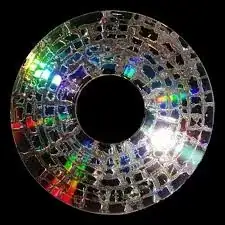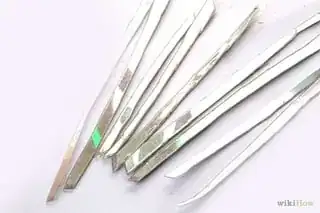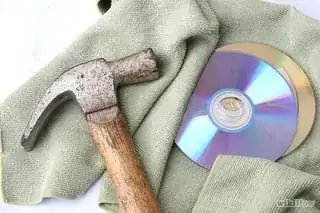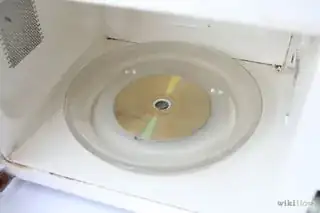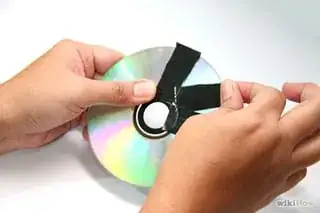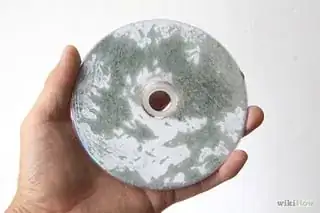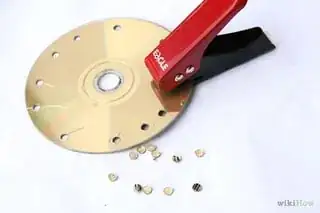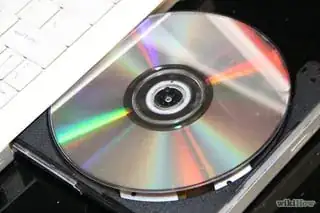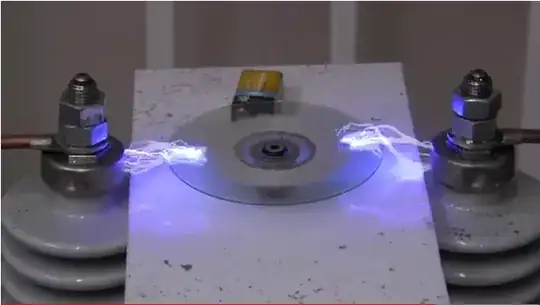The answer by Journeyman Geek is good enough for almost everything. But oddly, that common phrase "Good enough for government work" does not apply - depending on which part of the government.
It is technically possible to recover data from shredded/broken/etc CDs and DVDs. If you have a microscope handy, put the disc in it and you can see the pits. The disc can be reassembled and the data can be reconstructed — minus the data that was physically destroyed.
So why not just pulverize the disc into dust? Or burn it to a crisp? While technically, that would completely eliminate the data, it leaves no record of the disc having existed. And in some places, like DoD and other secure facilities, the data needs to be destroyed, but the disc needs to exist. If there is a security audit, the disc can be pulled to show it has been destroyed.
So how can a disc exist, yet be destroyed? Well, the most common method is grinding the disc down to destroy the data, yet keep the label surface of the disc intact. Basically, it’s no different than using sandpaper on the writable side, till the data is gone.

